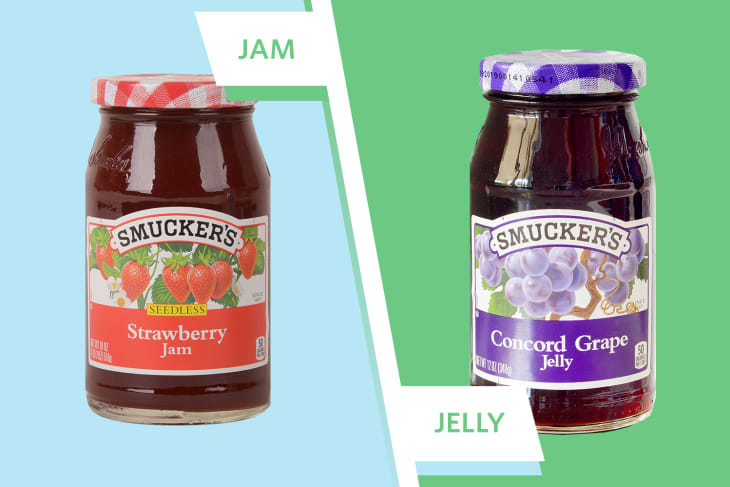What’s the Difference Between Jam and Jelly?
As I eat my weight in sweet strawberries this time of year, the subject of what to do with the abundance of spring and summer fruit comes to mind. I am usually more than content with enjoying berries and stone fruit as-is, but when I’ve gone a little overboard at the farmers market, jam is one of the many things I consider making. Or is it jelly? The two terms for fruit spread have always confused me a bit. Luckily, there’s an easy way to distinguish between the two.
Jam
Jam is a mixture of fruit, sugar, and sometimes pectin, which is used as a thickener. It all gets boiled quickly until the fruit breaks down just enough to soften but still holds much of its shape. The result is something that is thick and spreadable but a bit clumpy here and there. Jam is wonderful as a spread but also spooned onto yogurt, oatmeal, or even ice cream.
Jelly
The biggest difference with jelly is it’s made with fruit juice instead of actual fruit. Fruit juice is boiled with sugar and pectin to form a translucent spread that’s semi-firm. Since whole fruit isn’t used to make jelly, there won’t be mashed pieces of fruit in it, like there typically is in jam. Jelly can also be made with other ingredients, such as herbs, wine, or flowers. It’s best used as a spread or a condiment for things like cheese or even meat, depending on what it’s made from.
